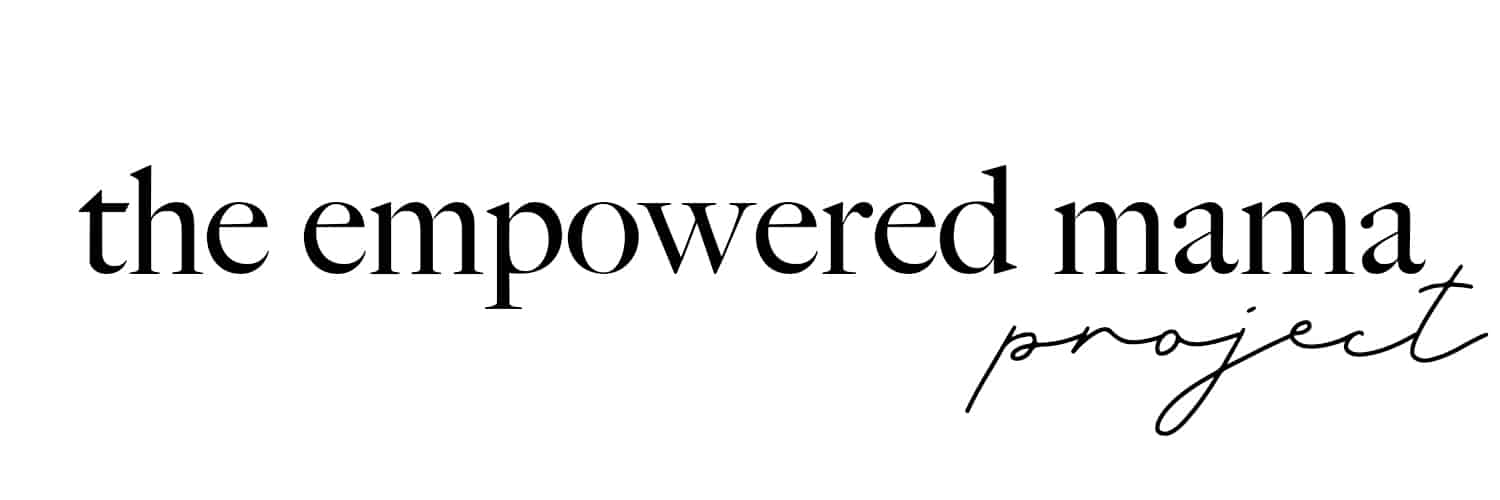The benefits of delayed cord clamping are well known, and long known, yet it seems DCC (delayed cord clamping) is only just recently making it into Midwifery and Obstetric practice.
As a Mama, depending on your care provider and birth location, you may need to bold, highlight, and underline this one on your birth plan/preferences, and get savvy about the supporting research.
I’m not saying you need to be ready for a fight, but be mindful that evidence-based practices can take some time to become the norm in maternity care.
Ten years ago, we were taught to clamp and cut the cord immediately – it’s just what we did.
When I look through the studies, I find evidence to the benefits of delayed cord clamping from further back than this, yet we’d never heard of it, so we didn’t do it.
This is why I value the saying “once we know better, we can do better”.
In my experience, I’ve come across care providers who are fully on board with delayed cord clamping, recognise the benefits, and practice DCC as standard care.
I’ve come across care providers who are weary and unsure of it, yet happy to not immediately cut the cord because they respect the Mama’s rights and wishes, and know it is becoming a ‘trend’ for a reason (these Doctors and Midwives tend to be the ones who aren’t quite sure how to do it best – educate them!).
Then… there are the care providers who, despite the years and mountains of evidence, bury their head in the sand and refuse. (But this brings on a whole other post about human rights in childbirth, and I’d need a couple of Gin & Tonics on board for that one.)
Have the conversation about delayed cord clamping early in your pregnancy, let your birth preferences be clear and known, and make sure your care provider isn’t one of the latter mentioned.
Did you know you can have delayed cord clamping even in caesarean birth?

Benefits Of Optimal Delayed Cord Clamping
- Keeps Mama and baby together
- Improved fine motor and social abilities, especially in boys (neurodevelopmental benefits)
- Increases baby’s blood volume by a third
- Increased iron levels up to 6 months of age, critical for nerve pathways
- Increased number of circulating red blood cells which carry oxygen
- Decreases anaemia in the first year of life (linked to learning and behavioural problems)
- Reduced rates of intraventricular haemorrhage (bleeding in the brain)
- Increased number of red blood cells, stem cells and immune cells
- Better outcomes for pre-term infants
- Supports the transition to life outside the womb
How To Do Delayed Cord Clamping
For the purpose of this article, we’re talking about delayed cord clamping for a full term, healthy infant. Let’s not rock the boat too much here.
I did, however, have a very interesting conversation recently with a Tertiary Neonatologist about the amounting studies into delaying cutting the cord for 60 seconds for premature and compromised infants, to assist in resuscitation by increasing the circulating blood volume.
In some large facilities in Australia, this is already practice, but it will take a lot more time to filter down into smaller facilities that don’t have as much exposure to these types of cases.
So the how to of DCC is really straightforward for care providers… don’t clamp, and don’t cut.
‘Whaaaat?’ I hear you say. Seems simple doesn’t it?
It really is… for most. It seems for a rare few the urge to feel the crunch of a cord in a stainless steel clamp is just too tempting.
So it is all in the timing.
What we know is that at a minimum, the cord should not be clamped for 60 seconds for baby to receive some benefit.
Often when attending caesarean births, I’ll inform the Obstetrician of the mother’s wishes to have DCC if babe is well.
I’ve never had any concerns with this, as most doctors are happy to wait 60 seconds before continuing on with the procedure. At times they literally watch the second hand on the clock.
Optimal delayed cord clamping time, however, has been found to be 3-5 minutes.
This is known to give the full benefits of DCC.
The term ‘wait for white’ is trending in birth scenes as by 5 minutes, or when the cord stops pulsing, the cord will usually be flat, drained and appear white, when it was initially blue and full.
Many mothers choose to not clamp and cut at all until the placenta is birthed.
This is a way to ensure babe has received the full benefits of DCC, and for Mama to feel she is a part of the cord separating ritual, rather than it being done before she’s even managed to take a breath after birth.
The placenta just sits to the side in a bowl while Mama & Dad enjoy some skin to skin and bonding.

To ensure your bub doesn’t miss out on the significant short and long-term benefits of DCC, make your wishes clear in your discussions with your care provider, highlight it on your birth plan, and be certain you have someone by your side who will be ready to advocate for you if needed.
The more women demand DCC and better outcomes for their babies, the sooner it will become the norm in maternity services.













